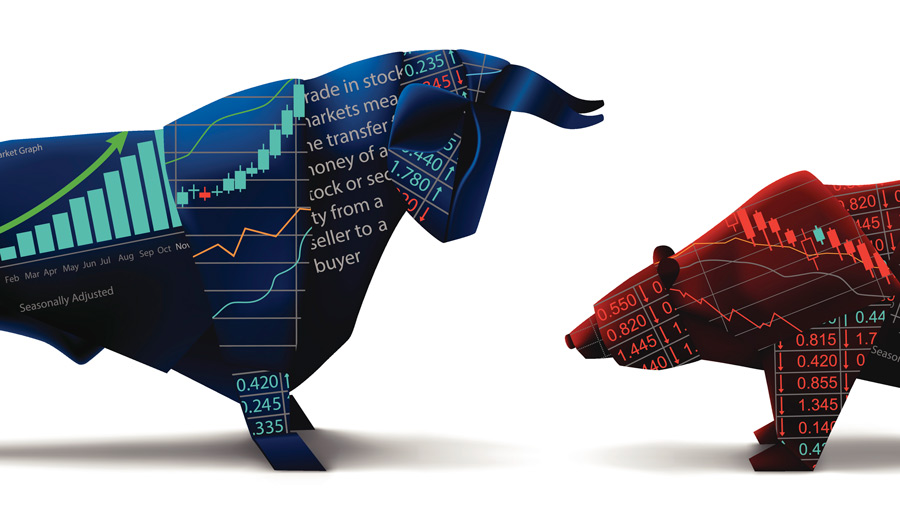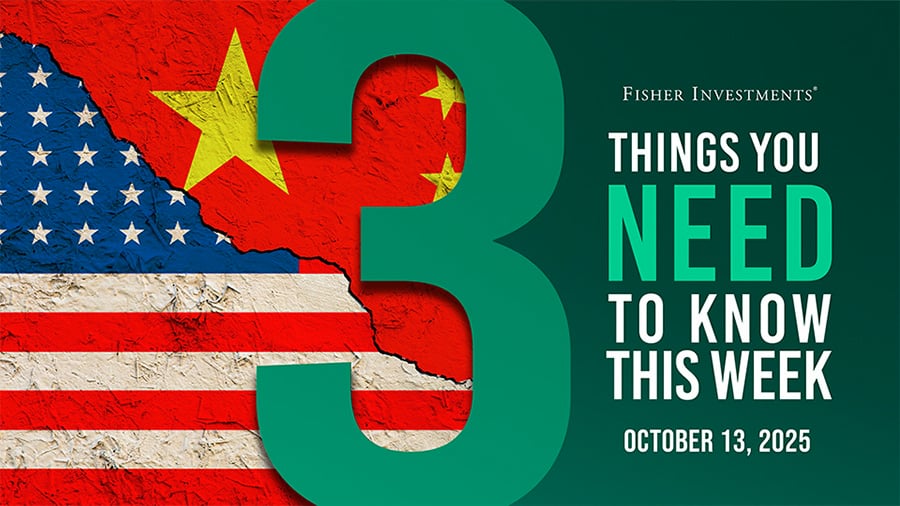Personal Wealth Management / Economics
Happy Expansioniversary!
In which we celebrate our elementary school-aged economic expansion.
As milestone birthdays go, eight usually doesn't rate. Aside from rhyming with "great," it seemingly isn't so special a date. Yet as this economic expansion-which officially began in July 2009-turns eight, let's all raise a glass and consider some timeless and timely takeaways.
Expansions and Bull Markets Aren't Twins
When the recession officially ended on June 30, 2009, the bull market was already charging higher. It was born nearly three months earlier, on March 9. By the time the recovery officially began, the S&P 500 was up 36.9% from its low.[i] When the advance report of Q3 2009 GDP came out on October 29-providing the first official confirmation that growth had resumed in July-the S&P 500 had gained 59.8%.[ii]
Waiting for clarity is costly. Stocks regularly move first. Even though GDP and corporate earnings were still plunging, stocks saw further in to the future. They also noticed that the economic reality, while bad, wasn't quite as bad as everyone feared. The world wasn't tumbling toward zero. Earnings were falling less than expected. So were many economic data points. Most importantly, once the Financial Accounting Standards Board suspended the application of FAS 157-the mark-to-market accounting rule-to banks' illiquid (and hard to value) assets in April 2009, investors gained confidence the bank balance sheet bloodbath would end. Even though actual economic growth wouldn't resume until summer, investors could fathom the recession's end and were willing to start bidding stocks back up.
Jobs Come Later
While the economy resumed growing in July 2009, employment didn't. Non-farm payrolls fell several more months, eventually bottoming in February 2010. Labor markets are a late-lagging indicator. Economic growth creates jobs, not the other way around.
In Dog Years ...
For people, eight years old is young. For expansions, eight years is old. This is only the third US expansion on record to see its eighth birthday. The others? The 1960s expansion, which ran from February 1961 to December 1969, and the 1990s boom (officially, March 1991 - March 2001).
While that makes this expansion old, that isn't a terribly meaningful observation. Economic cycles don't die of old age. Since the 1850s, US expansions have lasted anywhere from 10 to 120 months. The average length, 38.7 months, is made of many extremes. Ditto the post-WWII average of 58.4 months. Expansions end when fundamentals turn contractionary, not when the mean calls and says it's time to revert. So nothing about this expansion's age is predictive.
We've Come a Long Way, Baby
We won't rehash the stats here-Google can tell you how much America has grown since June 2009, and there are about 84,000 articles bemoaning the slower-than-average growth rate. More interesting to us is how sentiment has evolved since the recession's dark days. For years, investors and pundits alike couldn't shake the post-crisis blues. First there was all the double-dip chatter, then the slow-growth chatter, mixed with the "we need more stimulus to keep it going" handwringing. You couldn't avoid it. But lately, folks have turned sunnier. It is no longer taboo to notice growth and expect more with or without the Fed. One recent survey showed 60% of economists predicting this expansion will end up surpassing the 1990s' to become history's longest. Maybe it does, maybe it doesn't-but it's a sign of the times that headlines didn't laugh these economists out of the proverbial building. Instead, the reaction amounted to "oh, yah, hey, it could!" Doesn't mean it will, but it is a sign animal spirits are finally stirring after years of skepticism.
Europe's Expansion Is Not Eight
It's much younger-only four and change, thanks to the double-dip recession accompanying the eurozone's debt crisis. Because folks there endured two recessions and a regional bear market, their emotional scars are fresher. Investor sentiment therefore isn't as sunny as it is in the U-S-of-A-a big reason we expect eurozone stocks to do even better than American over the foreseeable future. US stocks have already received a powerful lift from fading uncertainty and improving spirits. Eurozone stocks are only just starting to feel a similar tailwind, and when it really gets going, it can last a long while as sentiment gradually warms up. Markets move most on the gap between expectations and reality, and right now, Europe's gap is wider than America's-we're pretty sure a similar survey showing broad expectations for two-plus years of eurozone growth would meet universal scorn and disbelief. The eurozone is still in the "we need more stimulus to keep it going" stage of sentiment. When America was there, it ended up being a pretty darn good time to buy stocks. We suspect eurozone stocks will underscore that point looking ahead.
If you would like to contact the editors responsible for this article, please message MarketMinder directly.
*The content contained in this article represents only the opinions and viewpoints of the Fisher Investments editorial staff.
Get a weekly roundup of our market insights
Sign up for our weekly e-mail newsletter.

See Our Investment Guides
The world of investing can seem like a giant maze. Fisher Investments has developed several informational and educational guides tackling a variety of investing topics.





